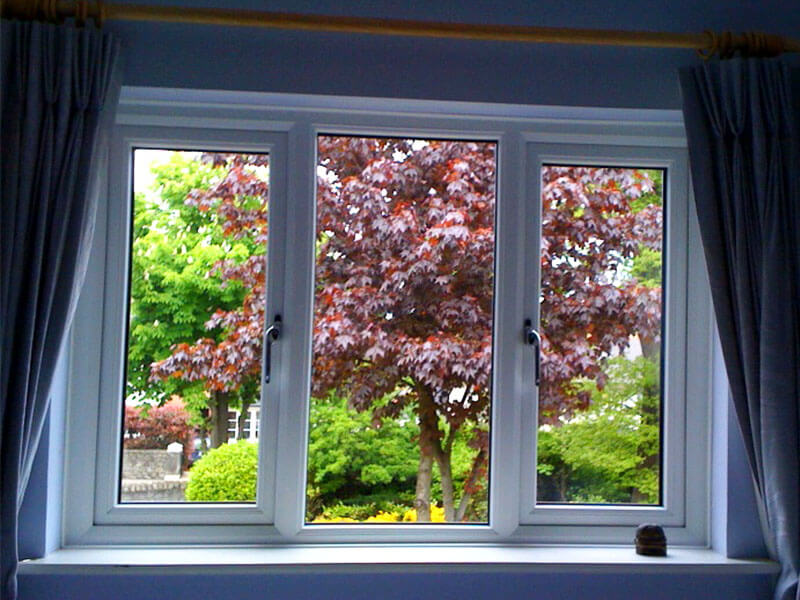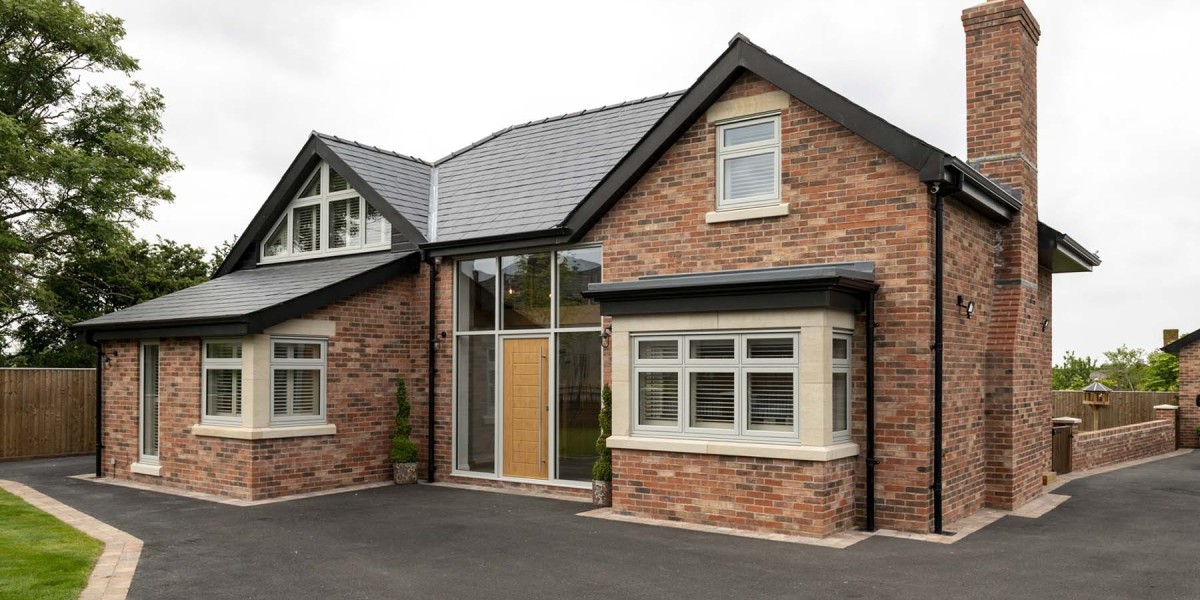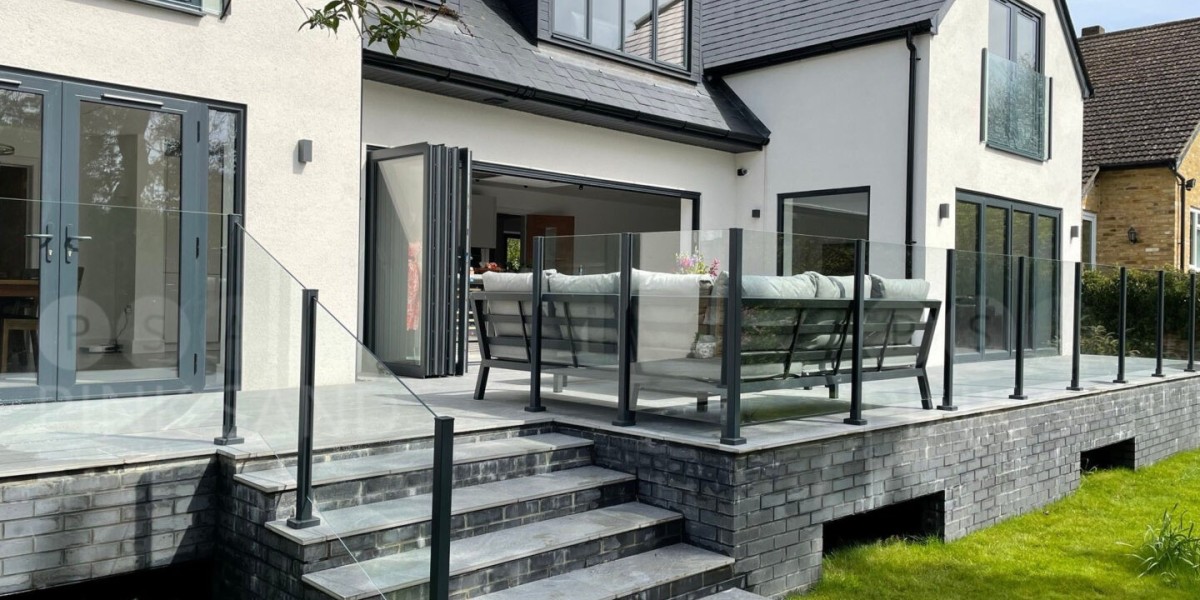In the realm of architecture, windows play a pivotal role that transcends mere functionality. They are an integral part of the aesthetic, environmental, and structural aspects of a building. The evolution of window designs, particularly in recent years, has seen significant advancements driven by technological innovations, sustainability considerations, and changing architectural trends. This report delves into the various dimensions of new windows, examining their types, materials, design innovations, and the impact they have on modern architecture.

Historical Context
Historically, windows have evolved from simple openings in walls to intricate designs that enhance the beauty and functionality of buildings. In ancient times, windows were often covered with animal hides or wooden shutters. The introduction of glass revolutionized window design, allowing for greater light penetration and visibility. The Gothic cathedrals of the Middle Ages showcased stained glass windows that not only illuminated interiors but also told biblical stories through art.
The Industrial Revolution marked a significant turning point with the advent of mass-produced glass and metal frames, leading to the creation of larger and more complex window structures. This period laid the groundwork for modern window technology, which continues to evolve today.
Types of New Windows
The landscape of window design has diversified, offering various types that cater to different architectural styles and functional requirements. Some of the most notable types of new windows include:
- Casement Windows: Hinged at the side, these windows open outward, providing excellent ventilation and unobstructed views. They are popular in contemporary homes due to their energy efficiency.
- Sliding Windows: These windows consist of two or more sashes that slide horizontally. They are space-saving and ideal for modern homes with limited wall space.
- Awning Windows: Hinged at the top and opening outward, awning windows are effective for ventilation while protecting against rain. They are often used in combination with larger fixed windows.
- Bay and Bow Windows: These protruding window designs create additional interior space and allow for panoramic views. They are often used in traditional and modern homes alike.
- Fixed Windows: Non-operable windows that are designed solely for light and views. They are often used in conjunction with operable windows to enhance aesthetics and energy efficiency.
- Smart Windows: A recent innovation, smart windows utilize technologies such as electrochromic glass that can change opacity or tint based on environmental conditions. This feature enhances energy efficiency by reducing heat gain and glare.
Materials Used in New Windows
The choice of materials in window construction significantly impacts their performance, aesthetics, and sustainability. Traditional materials like wood and aluminum remain popular, but new innovations have introduced a variety of alternatives:
- Vinyl: Known for its durability and low maintenance, vinyl windows are energy-efficient and come in various colors and styles. They are resistant to moisture, making them suitable for various climates.
- Fiberglass: This material offers excellent insulation and strength, making fiberglass windows energy-efficient and resistant to warping or cracking. They can be painted or finished to match any architectural style.
- Aluminum: Lightweight and strong, aluminum frames are often used in commercial buildings. They allow for larger window sizes and are available in various finishes. However, they may require thermal breaks to improve energy efficiency.
- Wood: A classic choice for its natural beauty, wood frames provide excellent insulation. However, they require regular maintenance to prevent deterioration from weather exposure.
- Composite: Combining materials like wood and vinyl or fiberglass, composite windows offer the aesthetic appeal of wood with the durability and low maintenance of synthetic materials.
Design Innovations
Recent advancements in window design focus on enhancing energy efficiency, aesthetic appeal, and user experience. Some of the notable innovations include:
- Triple Glazing: Adding a third layer of glass improves insulation and reduces energy loss, making triple-glazed windows ideal for colder climates.
- Low-E Coatings: Low-emissivity (Low-E) coatings reflect infrared light while allowing visible light to pass through. This technology helps maintain indoor temperatures, reducing heating and cooling costs.
- Window Films: These films can be applied to existing windows to enhance energy efficiency and UV protection without the need for full replacement.
- Integrated Blinds: Some modern windows come with built-in blinds or shades between the glass panes, offering privacy and light control without the need for external window treatments.
- Biophilic Design: This approach emphasizes the connection between indoor spaces and nature. Large windows, skylights, and strategically placed openings enhance natural light and views, promoting well-being.
Impact on Architecture
The incorporation of new windows in architectural design has profound implications for building performance, aesthetics, and occupant experience. Well-designed windows contribute to:
- Energy Efficiency: Modern windows with advanced Double Glazing St Albans and framing technologies significantly reduce energy consumption, leading to lower utility bills and a smaller carbon footprint.
- Natural Light and Ventilation: Strategically placed windows enhance natural light and airflow, contributing to healthier indoor environments. Studies have shown that access to natural light improves productivity and well-being.
- Aesthetic Appeal: Innovative window designs can transform the exterior appearance of a building, making it more visually appealing and increasing property value.
- Sustainability: The shift towards sustainable materials and energy-efficient designs aligns with global efforts to combat climate change. Architects and builders are increasingly prioritizing eco-friendly practices in window selection.
- Smart Technology Integration: The rise of smart homes has led to the integration of window technologies that can be controlled remotely, enhancing convenience and energy management.
Conclusion
The evolution of new windows reflects broader trends in architecture and society, emphasizing sustainability, energy efficiency, and aesthetic appeal. As technology continues to advance, the possibilities for window design will expand, offering architects and builders new tools to create innovative and functional spaces. The significance of windows in modern architecture cannot be overstated; they are not merely openings but essential components that enhance the quality of life for occupants while contributing to the overall performance of buildings. As we move forward, the ongoing exploration of window technologies will undoubtedly shape the future of architectural design.







